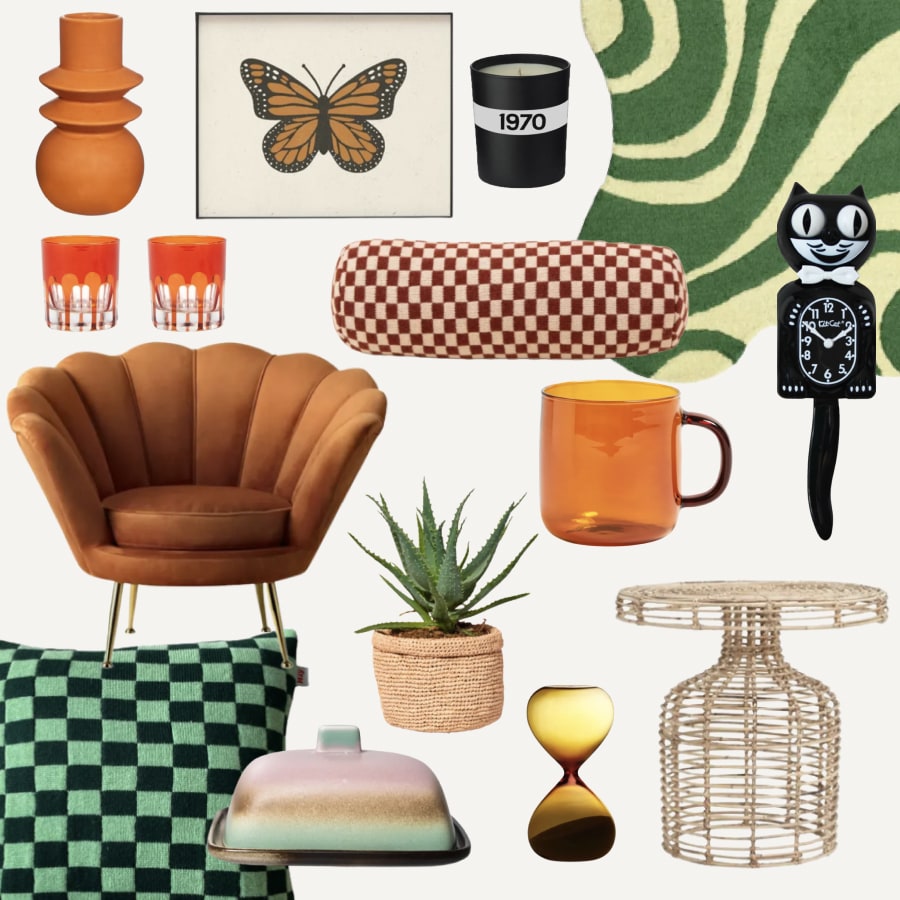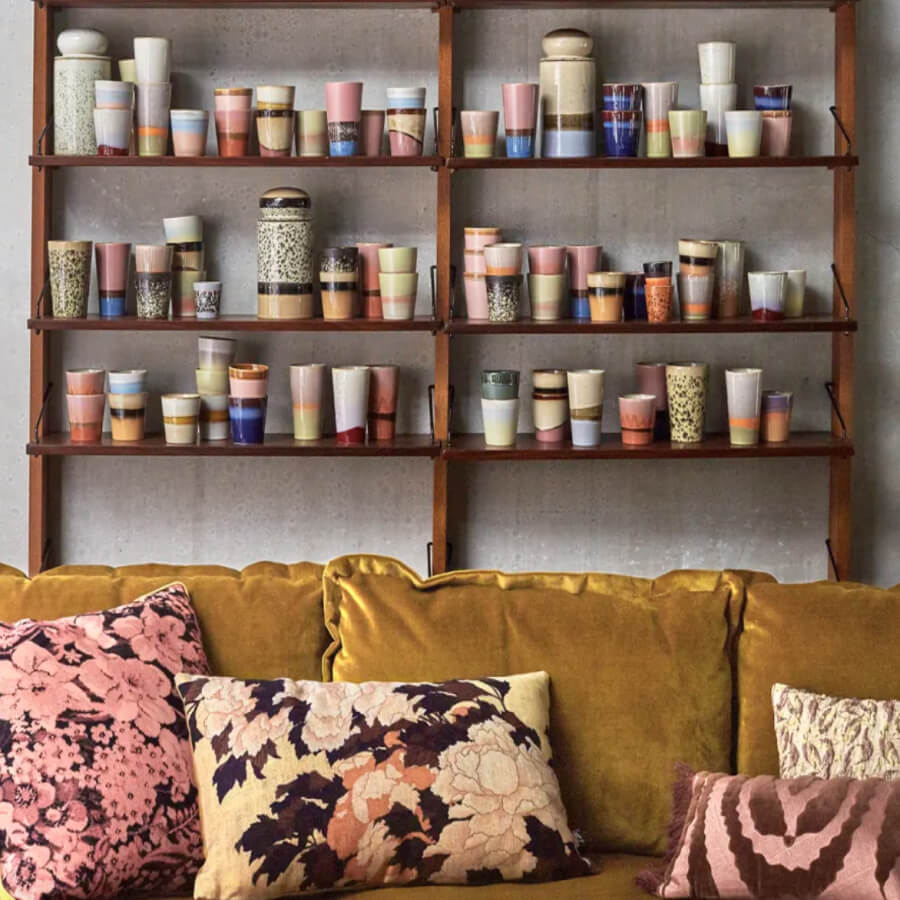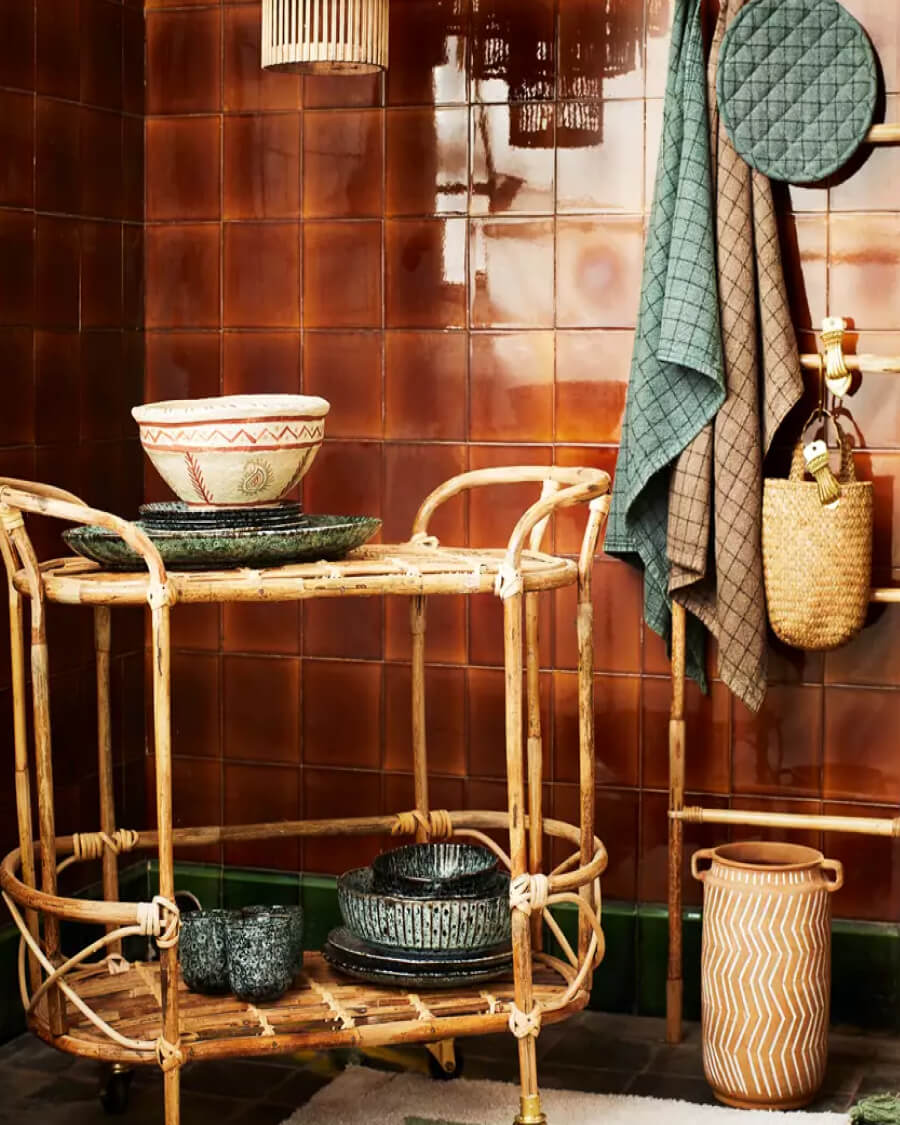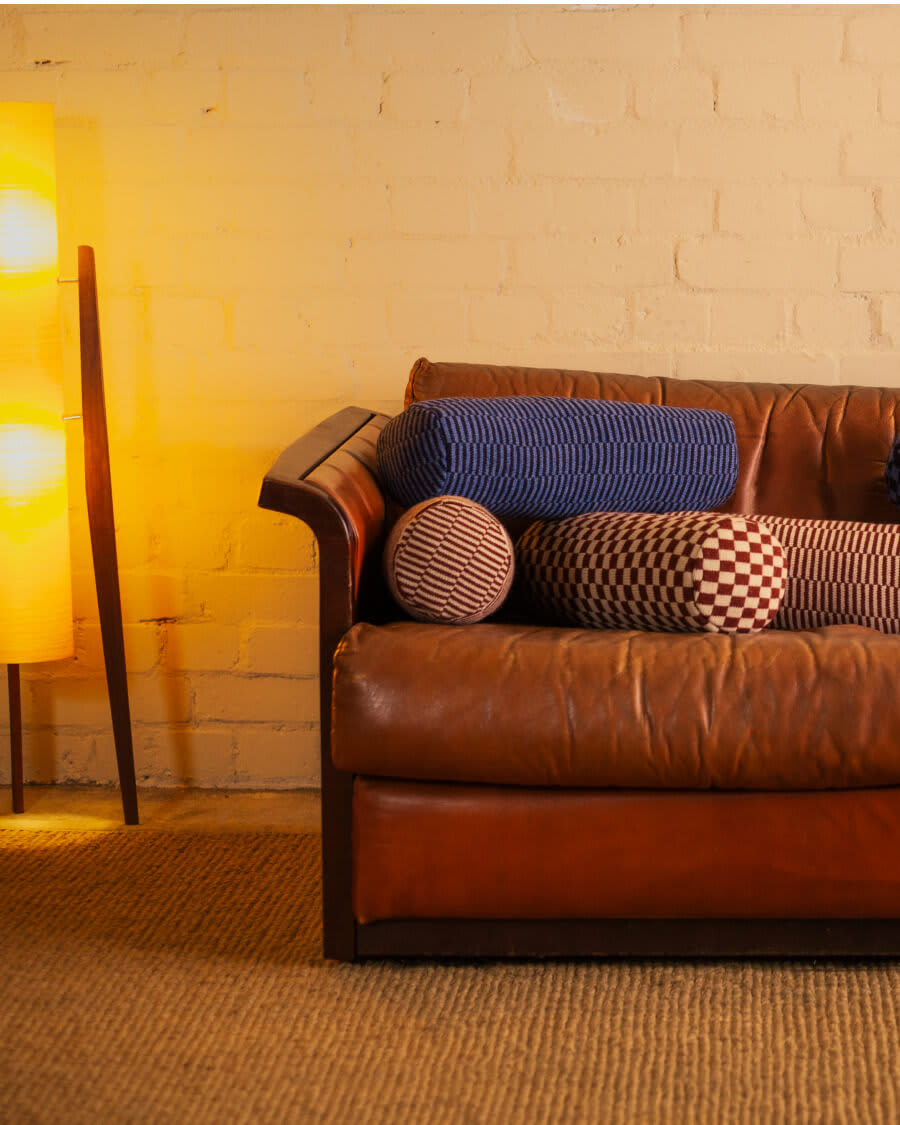Up until a few years ago, the 1970s aesthetic was perhaps the most unfavoured decade for design. Compared to the rise of minimalism, with its sleek, simple lines and neutral palette, the ‘70s was seen as too loud, too gauche, too brown. Fast forward, and the hallmark interiors of the decade can be found in homes everywhere, from rattan accents to drip-glaze ceramics and hanging planters.
The interior style of the ‘70s was formed in anthesis to its functional, buttoned-up precursor. Baby boomers rejected the modernity of their parents’ homes, all matching colours, new television sets and suburban shininess.
The anti-establishment hippies of the 1960s sought an expansion of the mind, leading them to travel the world in pursuit of different cultures and ways of living. They returned home with handcrafted pieces collected along the way, from macrame wall hangings to Berber rugs and artisan embroidered throws.









